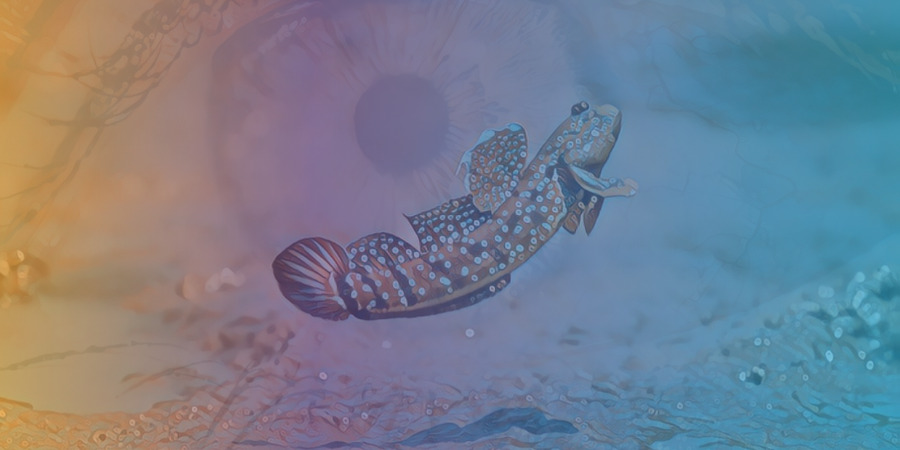Amphibious Fish Help Explain Transition from Water to Terra Firma
The mudskipper is an odd little fish that reveals big secrets about one of the most important transitions in the history of life on Earth: the move from purely aquatic environments onto dry land. These amphibious fish have adaptations that allowed them to flop from water to land, providing researchers insights into how fish first conquered terra firma hundreds of millions of years ago.
Mudskippers are gobioid fish native to intertidal zones in Africa, Asia, and Australia. Unlike most fish, they have developed abilities to survive for extended periods out of water by breathing air, and can even climb trees using their sturdy pectoral fins. Scientists have discovered that studying mudskipper anatomy and physiology sheds light on the incremental evolutionary steps that enabled fish to emerge from the seas and colonize the unfamiliar terrestrial realm.
Specialized Adaptations Enable Terrestrial Life
Several of the mudskipper’s bodily systems have been honed by natural selection over eons to facilitate partial life on land. These include their eyes, skin, gills, flippers, and blood chemistry. For example, mudskippers have more cone cells in their retinas to provide sharp vision while out of water. Their skin retains more moisture thanks to mucus secretions. And modified gill structures allow them to breathe air, while their towering dorsal fin aids in terrestrial locomotion.
Additionally, blood pigments in mudskippers help regulate oxygen levels, and the fish swallow air while on land to maintain buoyancy. Scientists hypothesize the first pioneers leaving the ancient seas for land may have possessed similar enhancements that incrementally enabled their historic transition onto the shores.
Behavioral Evidence of Gradual Adaptation
Beyond physical characteristics, experiments reveal how mudskippers behaviorally adapt to spending time on land versus in water. While submerged, the fish rely primarily on gills to breathe. But researchers using video tracking have shown how mudskippers transition to gulping air from the surface when emerging on land. The more time they spend out of water, the more the gills recede and air swallowing increases.
This demonstrates how behaviors can progressively adjust along with anatomical changes during major evolutionary shifts like “walking” fish transforming into terrestrial tetrapods. Mudskippers exhibit comparable transitional abilities on a smaller scale, providing hints to this ancient transformation.
Fossil Record Also Documents Key Transition
In addition to observing mudskippers, scientists try to piece together clues about aquatic-to-terrestrial evolution from fossil specimens documenting this fade from fins to feet. Important proto-limbs revealing incremental progress toward functioning legs have been discovered in fossilized fish dating back nearly 400 million years ago.
While the mudskipper is not directly ancestral to land vertebrates, it belongs to the same lineage and displays comparable incremental adaptations. Studying mudskippers therefore complements and verifies what fossil evidence also indicates about the gradual abilities fish had to acquire to make the leap onto land over eons of evolution.
So despite their comical appearance, mudskippers represent an amphibious analog to an epic milestone in the history of life. Their unique transitional abilities continue teaching us about an ancient fish-to-tetrapod transition that made terrestrial ecosystems and ultimately humanity’s world possible.












Add Comment